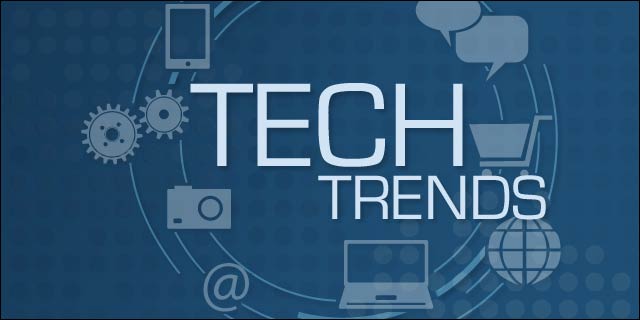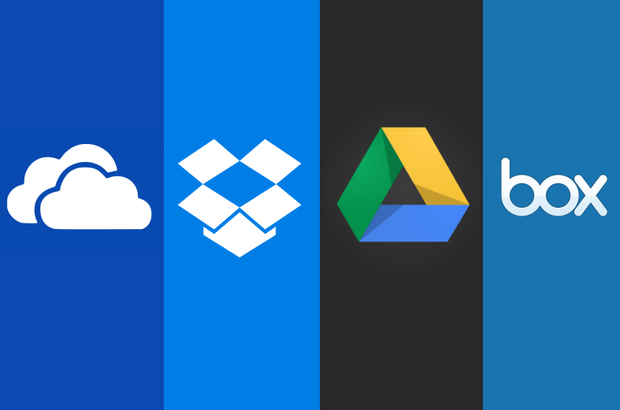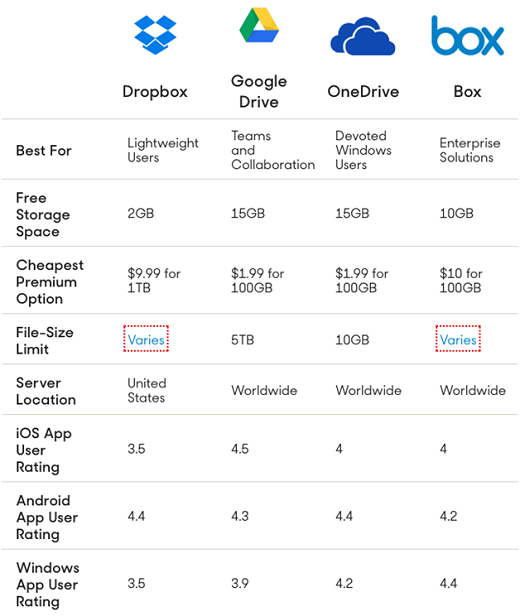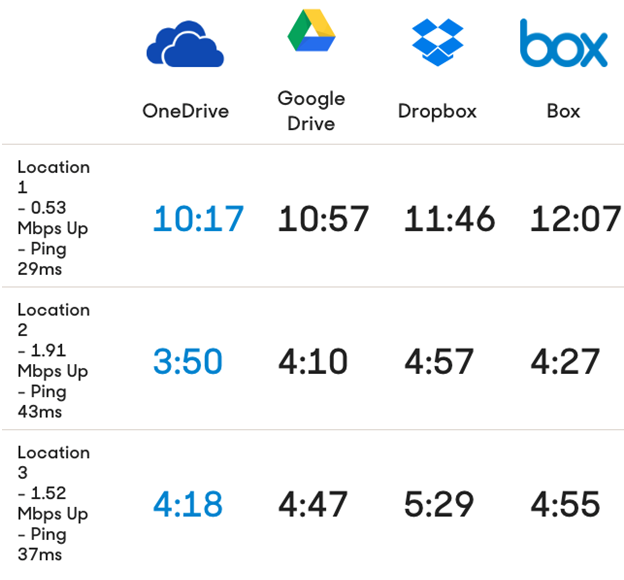Millennipreneurs are basically the generation of young entrepreneurs that are born in the year 1980~1995. According to the statistics, most of them came from a family with a background in business where they probably get their capital finance. At least 78% of the Millennipreneurs have ‘baby boomer’ parents who run a successful venture. This means that they basically grew up in the kind of environment that is designed for this industry. The success that most Millennipreneurs enjoy at their young age is undeniable. Based on the gross profit, the millennial entrepreneurs’ target is around 32.6% compared to the baby boomers that is just 27.5%. This means that the millennials are now outperforming their parents.

How Business Loans Can Support the Millennipreneurs on the Business Venture
It may be true that more than 70% of the millennial entrepreneurs have background in the business. But it does not instantly mean that they have a starting capital for start-up. In addition, in order to support the growing demand and expansion of their business, they will also require additional funding. Most of them start in the SME industry that generates the average amount of profit. In India, at least 12.5% of them are in the retail industry, 8.5% are offering their professional expertise and only 7.3% in the IT industry. To help them propel their business into new heights, MSME Loans can definitely help them.
When choosing a platform that can support the Millennipreneurs in expanding their reach, there are different companies in the industry that are offering business loans. However, not all of them will provide you with a fair agreement, competitive bid, great loan structure, and fast approval. These factors are all essential for the millennial entrepreneurs. They love opening new businesses, and they want a platform that can support them quickly. At least 60% of them decided to open new business since there are not enough jobs available. Millennipreneurs who are looking for those desirable attributes may find Loan Frame as a worthy candidate.
Quick Approval
Most of the Millennipreneurs started at their young age. They do not necessarily have the right amount of resources to support their start-up. Though most of them grew up in the business environment, the only thing that they can expect would be business advice from their parents and other corporate professionals. This generation is eager to start their venture, and they want a financing option that can provide them support in an instant. With Loan Frame, they can check your eligibility in applying for business loans for as little as 60 seconds. It also does not involve a lot of paper works.
A Loan Option That Focus on the Core of Your Business
Instead of managing their wealth, most of the Millennipreneurs in India are also focusing on the core of their business, and they also want a partner who looks at their business the same way they do. According to the recent survey, at least 20% of their resources are being invested on the original core of their business. Loan Frame will offer you business loans that will match the nature of your business and will provide you with a huge selection of loans that will match your business needs.
Millennipreneurs managed to crack the purchasing habit of the millennials. They hold a significant influence in this business. To help them advance their business and conquer new heights, business loans offered by Loan Frame is designed to address their needs.
Further, given the general under-penetration of banking services in India, it is no surprise that Alternative Lending channels are making inroads. This has been further given push through various initiatives of the government increase financial inclusion and financial penetration.
The Indian landscape is ripe for Alternative Lending to thrive in all its forms including online NBFCs, Loan Marketplaces, P2P platforms, and others. Consider the numbers placed before Rajya Sabha, RBI had informed that gross outstanding credit for top ten corporate groups is Rs 5,73,682 crore as on March 2016. This compares with the total credit to the MSME segment of Rs 11,10,000 crores spread across 2.06 crore loan accounts as on March 2016.
This is all that formal banking channels have on offer for 5.1 crore enterprises providing employment to 11.71 crore persons and contributing 37.5% of India’s GDP! Moreover, the 4th All India survey of MSMEs states that close to 90% of MSMEs are dependent on informal sources, which are mostly in the form of unsecured loans and are at higher cost.
Following are a few benefits you reap by approaching an Alternative Lending source
The Loan Buffett vs. The Fixed Menu
Everyone is familiar with the plain vanilla loans available from banks viz business loans, loan against property, secured project loans. Banks also have a defined policy for calculating eligibility a well as setting the interest rates for the loans. With the advent of technology, , alternative lending options are also available for small business owners. This includes e-commerce Merchant Cash Advances, Unsecured Business Loans, Seasonal Working Capital Financing, Various Forms of Short-Term Funding, Equipment Loans and Business Line of Credit. Loan Frame, for example, has more than 50 products in its marketplace suite. This wide range also goes well beyond being just an eye-pleasing variety. A small business can choose the specific loan based on the desired utilization objective, thus increasing chances of approval and also giving an optimum rate of interest suiting the requirements.
Tailored Approach vs. Off-the-shelf Loans
Traditional banks follow strict & inflexible credit policies that are replicated across products and borrowers. More often than not, these are relevant for larger, more established borrowers and end up complicating the applications by smaller businesses. The SME owner comes across redundant documentation requirements, unreal covenant expectations and needless scrutiny that invariably leads to either rejection or a higher interest rate, both of which are indeed not desirable.
Alternative Lending is more customer-centric and focused on creating value for the borrowers.. Documentation and compliance requirements are adjusted based on the type of loan product.
Beyond Just Lending
Borrowers are used to approaching banks and picking from the 2-3 off-the-shelf products that come closest to meeting their requirements. Many Alternative Lending channels such as Loan Frame provide value added advice to the borrower as to which loan product will be more appropriate, leading to more efficient and effective borrowing. There is also significant assistance provided in drafting the loan application and ensuring complete documentation.
Debt Consolidation
Alternative Lending channels make it possible for a borrower with a variety of facilities across lenders to consolidate debt under one lender. This is facilitated by multiple factors such as a common platform, deep lender relationships, a variety of loan products and a better understanding of the borrower’s requirement.
Read how debt consolidation can help improve credit standing and lower borrowing costs.
The Sheer Convenience of It All
Alternative Lending channels save you a lot of time and effort. You get to be evaluated against various options online and can spend your energy with the best one rather than waste energy in approaching various banks. This helps you to focus more on what you are good at and interested in – running the business – rather than on just arranging finances for it.
Leveraging Technology
The traditional lending process involves lots of paperwork and physical visits, which lead to delays in the approval and funding process. On the other hand, Alternative Lending channels leverage technology to save on both time and effort. Firstly, proprietary algorithms check for your loan eligibility within few seconds even as they incorporate many aspects beyond just the credit score. These include financials, business profile, promoter’s credit history and other business-specific data. In short, you have a more detailed assessment done in a shorter time leading to faster credit approvals and swift credit disbursal. It’s no wonder that the rise of the tech-based Alternative Lending channel has coincided with the widespread adoption of initiatives such as eKYC, Aadhaar, and UPI.
In this way, Alternative Lending helps solve not just the funding availability problem but also addresses the vexing problem of unduly high-interest rates for small businesses. As Narayana Murthy says,
If you cultivate inexpensive habits, you will not become a victim of money in later years. And, you will not fall into the trap of greed which leads you to do things that you will later regret.
This applies in equal measure to personal habits and business expenses, including what you pay on your borrowings. A better credit appraisal leads to a more appropriate interest rate for your business loan.
Some of the NPA-laden and capital-starved banks are either unable or unwilling to step in and plug the big funding gap that exists for MSME borrowers. Alternative Lending is a viable alternative for such borrowers. Furthermore, loan marketplaces like Loan Frame have several banks on their platform, therefore effectively serving as a bridge between the traditional and the alternative lending options.
About the author
This article is contributed by Neha Nayyar who works with Loan Frame. Loan Frame is one of the leading players in SME finance space and is backed by marquee investors.












